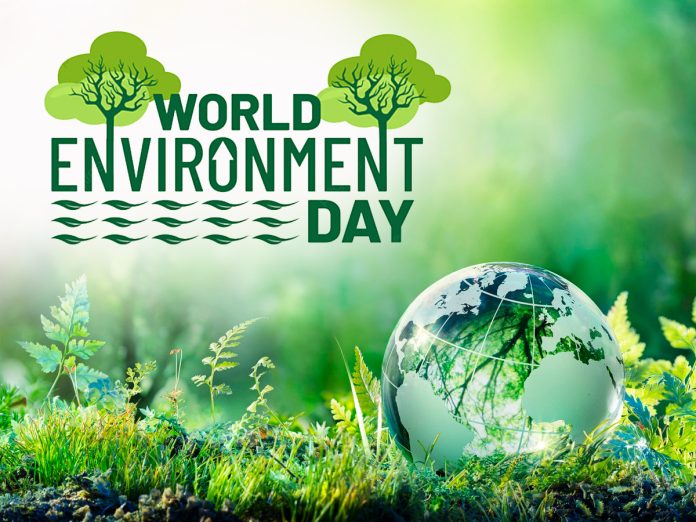Environment conservation refers to the practice of protecting and preserving the natural world and its resources. It involves the responsible use and management of natural resources to ensure their sustainability for future generations. The goal of environment conservation is to maintain ecological balance, prevent the depletion of natural resources, and safeguard the overall health and well-being of the planet and its inhabitants.
Here are some key aspects and strategies related to environment conservation:
- Biodiversity Conservation: Biodiversity refers to the variety of life forms on Earth, including plants, animals, and microorganisms. Conservation efforts focus on protecting endangered species, preserving ecosystems, and promoting sustainable land and water management practices.
- Sustainable Resource Use: This involves utilizing natural resources in a manner that minimizes environmental impact and allows for their replenishment. It includes sustainable forestry, responsible fishing practices, and promoting renewable energy sources like solar and wind power.
- Pollution Control: Reducing pollution is essential for environmental conservation. Efforts include minimizing air, water, and soil pollution through the use of cleaner technologies, waste management strategies, and strict environmental regulations.
- Conservation Education and Awareness: Educating the public about the importance of environmental conservation plays a crucial role in fostering a sense of responsibility and inspiring positive action. Raising awareness through campaigns, educational programs, and community engagement can encourage individuals to adopt sustainable practices in their daily lives.
- Conservation of Water Resources: Water is a finite resource, and its conservation is vital for sustainable development. Practices such as efficient irrigation techniques, water recycling, and rainwater harvesting help preserve water supplies and reduce water scarcity.
- Sustainable Agriculture: Promoting environmentally friendly agricultural practices such as organic farming, agroforestry, and integrated pest management helps protect soil quality, minimize water use, and reduce the use of harmful pesticides and fertilizers.
- Climate Change Mitigation: Addressing climate change is crucial for environmental conservation. Actions include reducing greenhouse gas emissions, transitioning to renewable energy sources, promoting energy efficiency, and adopting sustainable transportation systems.
- Conservation of Natural Habitats: Protecting and restoring natural habitats, such as forests, wetlands, and coral reefs, is essential for preserving biodiversity and maintaining ecosystem services.
- Sustainable Urban Development: Encouraging sustainable urban planning and design can minimize environmental impact and promote efficient use of resources in cities. This includes promoting green spaces, public transportation, and eco-friendly infrastructure.
- International Cooperation: Environmental conservation requires global cooperation and collective action. International agreements, conventions, and collaborations among nations are crucial for addressing transboundary environmental issues and implementing sustainable practices on a global scale.
These are just some of the many strategies and approaches involved in environment conservation. By implementing these practices and prioritizing sustainable development, we can contribute to the long-term health and well-being of our planet.


